By Dr. Patricia Brosseau-Liard
Tracy’s Comments: Most of the guest posts on EP relate to people’s personal experiences or opinions. It’s awesome, because I have only my own experience to work from and that certainly doesn’t encompass what many people experience on a day-to-day basis. However, I rarely let people do research pieces because frankly if I don’t know you, I don’t know how well it’ll be done. And if it’s on a topic I don’t know about, I can’t judge. However, I can state with absolute certainty that the piece herein will not fall short on this front (and it’s interesting to boot). Patricia was my lab-mate in our lab at UBC, graduating last year with her PhD in Developmental Psychology. This is the area which she has studied and trained in for years and is currently doing a post-doc on at Concordia University in Montreal. I am so thankful to have her do this piece for me for though it’s an area I have some knowledge of (it’s my supervisor’s specialty as well), my knowledge is that of an ant’s compared to Patricia. And I will add that I think she’s right as rain that it will be us parents who come up with practical implications for this research… so start thinking!
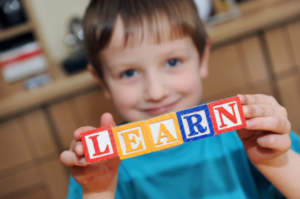 Preface: This is a post describing some recent research in children’s cognitive development, more specifically on infants’ and toddlers’ social learning. Contrary to many posts on this website, there may not be very many direct practical implications for parenting from what follows; a lot of the research described below (as well as a great deal of cognitive development research in general) is not conducted with the direct aim of aiding child development but instead aims to figure out how the human mind works by studying its development. A lot of the findings below also come from fairly contrived and “unnatural” laboratory situations and thus may not match children’s day-to-day behaviour. So this is more of a “general interest” post for parents who are curious about this research; and in fact, I wouldn’t be surprised if parents who read about this thought of practical applications for this work faster than most researchers!
Preface: This is a post describing some recent research in children’s cognitive development, more specifically on infants’ and toddlers’ social learning. Contrary to many posts on this website, there may not be very many direct practical implications for parenting from what follows; a lot of the research described below (as well as a great deal of cognitive development research in general) is not conducted with the direct aim of aiding child development but instead aims to figure out how the human mind works by studying its development. A lot of the findings below also come from fairly contrived and “unnatural” laboratory situations and thus may not match children’s day-to-day behaviour. So this is more of a “general interest” post for parents who are curious about this research; and in fact, I wouldn’t be surprised if parents who read about this thought of practical applications for this work faster than most researchers!
Infants and toddlers prefer to learn from some people over others
As adults, we don’t necessarily learn equally from everyone. We generally try to be attentive to the knowledge state of whoever is conveying information; we may prefer to learn from familiar people rather than strangers, or from those we like rather than those we dislike; and we are often attentive to a variety of signs of status (that may signal competence) or similarity to ourselves (that may signal whether or not whatever the person is conveying is likely relevant to our own lives).
Many of these tendencies, it turns out, start very early in life. There are now a variety of studies that show that infants between 10 and 16 months moderate their learning based on a variety of social attributes. For instance, one study This may be because, at some level, even very young children understand that older people are generally more knowledgeable. Other studies show that toddlers are sensitive to some indicators of expertise. For instance, when faced with a new and ambiguous situation, infants often engage in social referencing, or looking at an adult’s facial expressions and adjusting their own responses accordingly. One study[2] has shown that 12-month-olds were more likely to engage in social referencing with an experimenter who acted confident and assertive around the lab than one who simply followed the confident experimenter around, showing that perhaps they view the more confident experimenter as the “expert”. In fact, researchers have often noticed that, in experimental situations, toddlers tend to socially reference experimenters rather than their own caregivers[3] [4]; again, this may be because they see the experimenter as the “expert” in the unusual environment of the lab. Yet other studies have more directly shown that toddlers are more likely to imitate or learn from individuals who appear more competent. Fourteen-month-olds, for instance, are more likely to learn new actions if those were demonstrated by an individual who also competently performed familiar actions (e.g. putting a hat on their head) rather than an individual who performed actions that were, to say the least, unusual (e.g., putting a hat on their foot)[5]. Similarly, when an adult repeatedly displays “weird” emotional reactions (for example, appearing very excited while looking inside an empty container), toddlers stop following cues from such an individual[6]. Infants, of course, spend a lot of time learning from their parents or other primary caregivers; they may also prefer to learn from individuals who are similar to their caregivers. For instance, one study[7] has shown 10-month-olds two adults who both interacted with different objects; one adult spoke the same language as the child’s caregivers, while the other spoke a foreign language. When subsequently given a choice, babies selected the object that the same-language speaker had interacted. (Of course, simply choosing an object is a bit less clearly a “learning” situation, but one can argue that choosing to interact with an object is a first step in learning about that object, or that babies are learning which one is a “preferable” object. Testing the learning of more specific actions in infants as young as 10 months is difficult as they are quite limited in terms of their motor skills and are much less prone to spontaneously imitating novel actions performed by strangers than, say, 18-month-olds.) Infants’ learning is also affected by whether individuals are nice or mean. In one study[8], 16-month-olds were presented with a short puppet show, in which an animal puppet either acted in a prosocial way (helping another puppet open a box) or an antisocial way (slamming the box shut) or did not participate at all in helping or hindering (making it a “neutral” individual). Afterwards, infants watched the puppet taste from two containers of different-coloured cheerios; the puppet expressed delight at one colour and disgust at another. Infants were then themselves given the cheerios containers and encouraged to eat some. Those who had watched the prosocial or the neutral puppet overwhelmingly ate the same colour of cheerios as the puppet; those who watched the antisocial puppet, however, selected randomly. (Interestingly, they didn’t systematically pick the opposite colour; rather, it seems they just ignored what the antisocial puppet had done.) Social and emotional cues affect what infants learn from other people When observing other people, it is possible to learn a great deal; but typically, not everything that others do is relevant learning material. For example, as adults, we may carefully look and learn the various steps another person takes to accomplish an elaborate action (e.g., build a piece of furniture) but edit out steps that we see as irrelevant, accidental, or otherwise unimportant (e.g., dropping nails on the floor, coughing, swearing after hitting one’s thumb with a hammer). This selectivity is also present in infants’ learning. For instance, even very young babies can recognize the intended goals of simple actions, even when these actions are incomplete, and differentially imitate actions based on what they think the goal is. Seven-month-olds, for instance, are more likely to reach towards a specific toy after having seen an adult grasp or attempt to grasp that toy (a goal-directed action) than after seeing a variety of other, not clearly goal-directed hand motions towards the toy (pointing, hitting it with the back of the hand)[9]. Similarly, 14- and 18-month-olds are more likely to imitate actions on novel toys if the person who demonstrated the action provided cues indicating that the action was intentional (e.g., saying “there!” after completion) than accidental (e.g., saying “oops!”)[10]. Often, toddlers are more likely to copy what they see as the primary goal of an action rather than the exact means shown to accomplish the action; for instance, if an experimenter makes a small toy mouse hop in a characteristic way towards a toy house, 12- and 18-month-olds will often just put the mouse straight inside the house rather than imitate the hopping motion[11]. As children get older, they become more likely to imitate precise (even unnecessarily complicated) means. For instance, in one study[12], 12-, 18- and 24-month-olds saw an experimenter open several boxes by activating switches with a variety of tools; the tools were however unnecessary, as the switches could much more easily have been activated directly using hands. Nevertheless, most 24-month-olds and some 18-month-olds attempted to imitate with the tools; 12-month-olds, however, mostly used their hands, unless they had seen the experimenter try but fail to activate the switches with their hands before using the tools. Often, when adults demonstrate new actions to infants and young children, they naturally use a variety of cues, such as looking the child in the eye, speaking with a child-directed voice, and pointing gestures, to name a few; these cues are often called pedagogical or communicative cues. It has been suggested that, when noticing such pedagogical cues, young children interpret the situation as a “teaching moment” and as a result process information differently than when such cues are not provided[13]. They are, for instance, more likely to imitate actions demonstrated with than without pedagogical cues[14]. They also focus on different aspects of their learning experiences, which, for young infants who have limited memory capacity and can only encode a few aspects of a situation at a time, means that vastly different things are learned and remembered. Without communicative cues, for instance, 9- and 10-month-olds focus on and remember the location of objects, while in the presence of communicative cues they focus on objects’ identity and are more likely to forget their location[15][16]. The studies mentioned above are just a few of a vast and growing body of research on infants’ social learning. Anyone who looks at the date of the references below will notice that a lot of this research is fairly new; that is in large part because researchers are increasingly discovering ways of investigating learning at very young ages (a whole other post could be written on the difficulties inherent to studying cognitive development in preverbal infants). This means that this is just the beginning: Researchers constantly find out more about how infants learn and what subtle distinctions they are capable of making about other people’s attributes and behaviour in the first few years of their lives. [Image Credit: AACDC]
[1] Zmyj, N., Daum, M. M., Prinz, W., Nielsen, M., & Aschersleben, G. (2012). Fourteen-month-olds’ imitation of differently aged models. Infant and Child Development, 21, 250-266. [2] Stenberg, G. (2012). Why do infants look at and use positive information from some informants rather than others in ambiguous situations? Infancy, 17, 642-671. [3] Stenberg, G. (2009). Sensitivity in infant social referencing. Infancy, 14, 457–473. [4] Walden, T. A., & Kim, G. (2005). Infants’ social looking toward mothers and strangers. International Journal of Behavioral Development, 29, 356–360. [5]Zmyj, N., Buttelmann, D., Carpenter, M., & Daum, M. (2010). The reliability of a model influences 14-month-olds’ imitation. Journal of Experimental Child Psychology, 106, 208–220. [6] Chow, V., Poulin-Dubois, D., & Lewis, J. (2008). To see or not to see: Infants prefer to follow the gaze of a reliable looker. Developmental Science, 11, 761–770. [7] Kinzler, K. D., Dupoux, E., & Spelke, E. S. (2012). Native objects and collaborators: Infants’ object choices and acts of giving reflect favor for native over foreign speakers. Journal of Cognition and Development, 13, 67-81. [8] Hamlin, J. K., & Wynn, K. (2012). Who knows what’s good to eat? Infants fail to match the food preferences of antisocial others. Cognitive Development, 27, 227– 239. [9] Hamlin, J. K., Hallinan, E., & Woodward, A., (2008) Do as I do: 7-month old infants selectively reproduce others’ goals. Developmental Science, 11, 487 – 494. [10] Carpenter, M., Akhtar, N., & Tomasello, M. (1998). Fourteen through 18-month-old infants differentially imitate intentional and accidental actions. Infant Behavior and Development, 21, 315–330. [11] Carpenter, M., Call, J., & Tomasello, M. (2005). Twelve- and 18-month-olds copy actions in terms of goals. Developmental Science, 8, F13–F20. [12] Nielsen, M. (2006). Copying actions and copying outcomes: Social learning through the second year. Developmental Psychology, 42, 555-565. [13] Csibra, G., & Gergely, G. (2006). Social learning and social cognition: The case for pedagogy. In Y. Munakata, & M. H. Johnson (Eds.), Processes of change in brain and cognitive development (pp. 249–274). Oxford: Oxford University Press. [14] Brugger, A., Lariviere, L.A., Mumme, D.L., & Bushnell, E.W. (2007). Doing the right thing: infants’ selection of actions to imitate from observed event sequences. Child Development, 78, 806–824. [15] Topal, J., Gergely, G., Miklosi, A., Erdohegyi, A., & Csibra, G. (2008). Infants’ perseverative search errors are induced by pragmatic misinterpretation. Science, 321, 1831–1834. [16] Yoon, J. M. D., Johnson, M. H., & Csibra, G. Communication-induced memory biases in preverbal infants. Proceedings of the National Academy of Sciences, 105, 13690-13695.

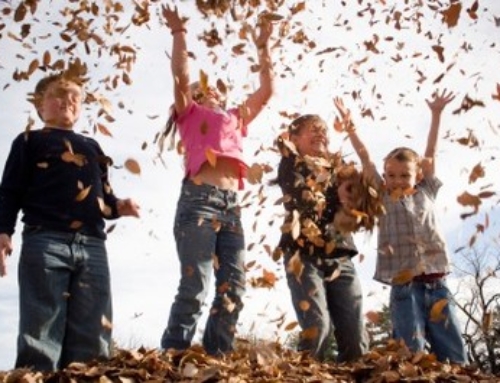
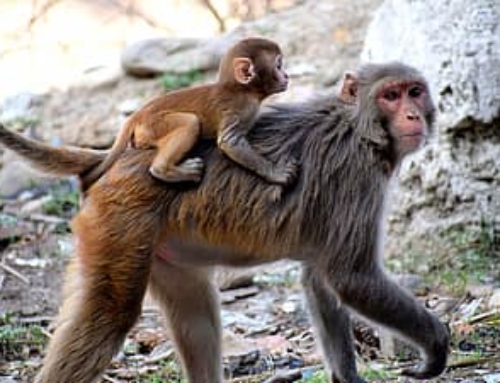
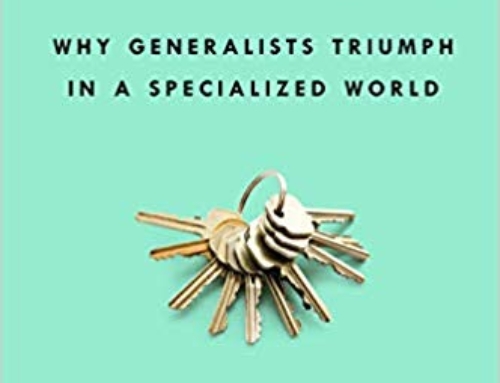
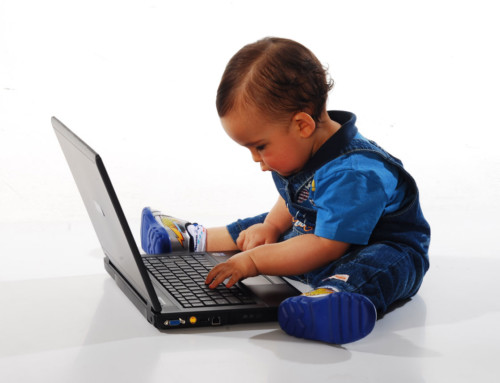
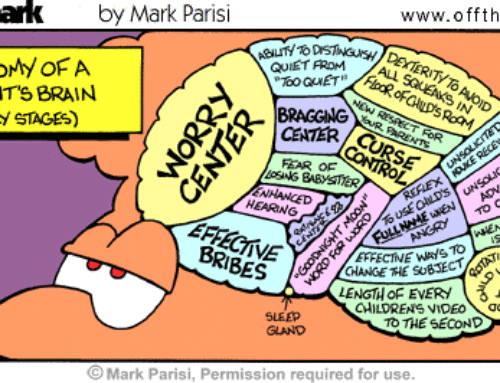
Leave A Comment